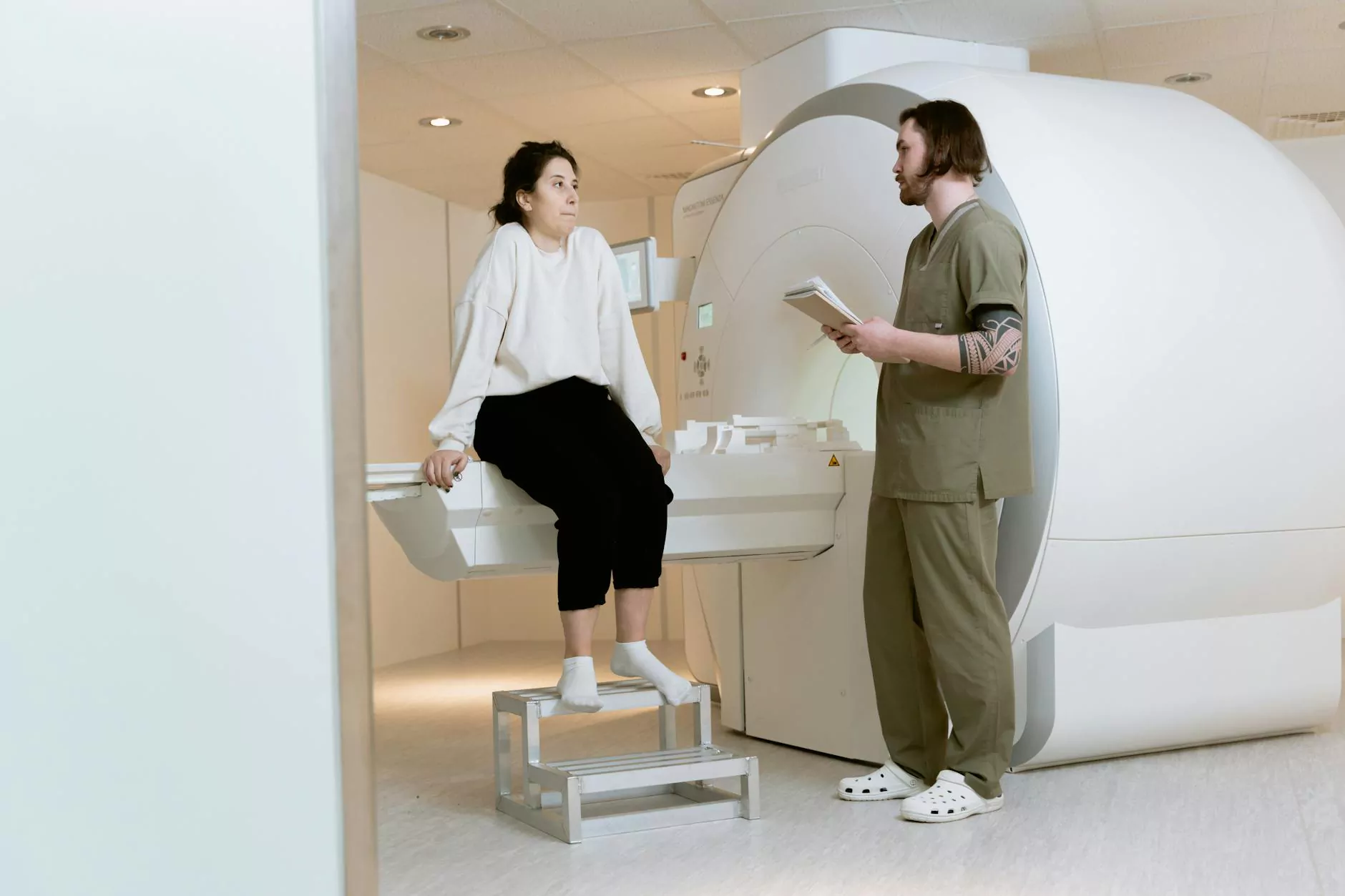How Do I Know if a C-Section is Right for Me?
Health
Welcome to our comprehensive guide on determining whether a C-section is the right option for you. At Muir Diablo Occupational Medicine, we understand that making decisions about childbirth can be overwhelming. That's why we're here to provide you with the necessary information to help you make an informed choice.
Understanding C-Sections
A Cesarean Section (C-section) is a surgical procedure used to deliver a baby through an incision in the mother's abdomen and uterus. While vaginal delivery is the most common and natural method of childbirth, there are situations where a C-section may be necessary or preferred.
Factors to Consider
When determining whether a C-section is right for you, several factors come into play. It's essential to discuss these factors with your healthcare provider to make the best decision for you and your baby. Some of the factors that might warrant a C-section include:
- Prior C-Section: If you have previously had a C-section, your healthcare provider will consider whether a vaginal birth after cesarean (VBAC) is feasible or if a repeat C-section is a safer option.
- Health Conditions: Certain medical conditions, such as high blood pressure, diabetes, or heart disease, can increase the likelihood of complications during labor, making a C-section a safer alternative.
- Placenta Previa: If the placenta is low-lying and covering the cervix, a C-section may be necessary to avoid bleeding and potential harm to both the mother and baby.
- Multiple Pregnancies: If you are carrying twins, triplets, or more, there is a higher chance of complications that may necessitate a C-section.
- Fetal Distress: If your healthcare provider detects signs of distress in your baby, such as an irregular heartbeat or insufficient oxygen supply, a C-section may be required for their safety.
Understanding the Risks
Like any surgical procedure, a C-section carries its own set of risks. While it is generally considered safe, it's important to be aware of potential complications that could arise. Some of the risks associated with C-sections include:
- Infection: There is a small risk of developing an infection at the site of the incision, uterus, or surrounding organs.
- Blood Loss: C-sections often involve more blood loss than vaginal deliveries, increasing the likelihood of needing a blood transfusion.
- Adverse Reactions to Anesthesia: Some individuals may experience allergic reactions or adverse side effects to anesthesia used during the procedure.
- Delayed Recovery: Recovering from a C-section typically takes longer than a vaginal birth, and there may be discomfort and pain during the healing process.
Considering Your Options
When it comes to childbirth, every individual and situation is unique. It's crucial to have open and honest conversations with your healthcare provider to discuss your specific circumstances, preferences, and concerns. Together, you can evaluate the pros and cons of a C-section versus a vaginal birth, taking into account your overall health, medical history, and the wellbeing of your baby.
Conclusion
Choosing whether to have a C-section is a personal decision that requires careful consideration. We hope this guide has provided you with valuable insights and information to help you navigate this important choice. Remember, your healthcare provider is there to support you and guide you through the decision-making process.
For more information or personalized advice, please reach out to our team at Muir Diablo Occupational Medicine. We are here to help you make the best decision for your childbirth experience.



